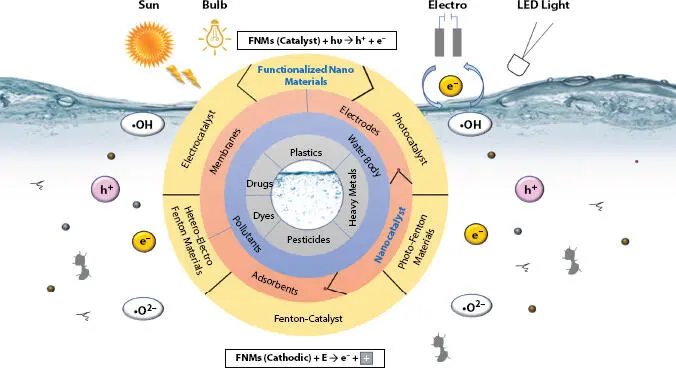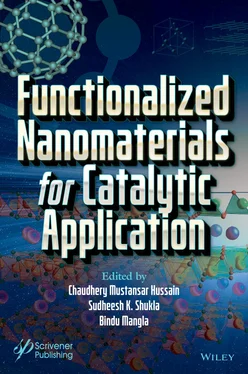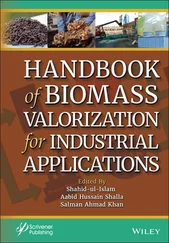Water, one of the essential elements in the nature, is under a great threat, with pollutants treasured in it. Noxious suffocations are generated with the raise in contaminants globally. It is time we wake up to take care of it, else would be forced to face the unsolicited deliverables stimulated. In total, 71% of Earth’s surface is blanketed with water, and 99.7% of it is in oceans, icecaps, soil, and other atmospheric fragments. But, it is unfortunate that the percentage of utility is only 0.3% according to the available data. Globally, formidable pressures are piling up with elevations to meet the increasing demand for clean water, as resources of freshwater are depleting, probably due to (i) urbanization, (ii) industrialization, (iii) increasing population, (iv) climatic droughts, and (v) competing necessitates of the end users [1].
According to the key fact sheet (drinking water) of WHO-June 2019, 785 million people are devoid of essential drinking-water amenities [2]. Growing populace, demographic variations, climatic deviations, and environmental pollution are major contributors as challengers and reducers of water resource segments. Sufficient supplies of potable water can be derived by using proper management of effluent water from diversified sources [3]. With restrictions in traditional methods, sophisticated novel methods supply the requisites in an eco-friendly, cost-effective way to combat the toxic pollutants efficiently for remediations. The toxic contaminants dispensed by organics like dyes from textile and printing industries, hydrocarbons from petro-chemical sectors, polymeric plastics, inorganics like poisonous gases, heavy-metal toxins from mining and other source, and devasting microbial consortiums pollute water resources either directly or indirectly, leading to unavailability of clean H 2O [4]. WHO with EPA (Environmental Protection Agency) is evaluating suitable measures for utilizing decentralized treatment models for acquiring consumable water from wastewater. Fortification of wastewater and clean-water management systems, from various biological or chemical intruders are crucial concerning factors [5].
Recent momentums in nano-engineering and nano-sciences have stipulated unprecedented breakthrough in evolving cost-effective and environment friendly protocols for an adaptable water treatment solution [6]. Fabrication of innovative nanomaterials (NMs) with unique models and approaches delivers versatilities in overcoming the drawbacks installed in earlier protocols for a full-scale utilization in the environmental pitch. Metallic, carbonaceous, polymeric, zeolites, etc., are the various categories of natural/simple/complex/functionalized nanomaterials (FNMs) generally utilized for water management [7–9].
Functionalization of nanoscales provides a promising note for renovating and engineering new nano scaled materials that can be fruitfully employed in remediation applicational functions for detecting and removing the organics, heavy metal toxins, and microbial consortiums in chemical, biological, or environmental systems [10, 11]. Functionalization with highly active points with sizeable surface area renders commendable attraction for withdrawal of pollutants in aqua center [12, 13].
Sometimes, nano-sized materials tend to accumulate, with variations in reaction condition, thereby reducing their remedial capacities [14, 15]. Protection of as-synthesized nano scaled material from chemical oxidation/reduction and toxicities delivered by them can be controlled by casing a suitable layer of organics/inorganics on their core surface by functionalization modules [16]. In the recent past, FNMs are of great demand for their assorted technological innovations and nano-engineering applications in comparison with the normal NMs, as they possess exceptional transitional characteristics [17–19].
FNMs supported with nanocatalyst have been proven for their high selectivity and controlled sensitivity over the target samples in water management [20, 21]. Nano-adsorbents, nano-membranes, and nanocatalysts have been commendably employed for attacking and eliminating the pollutant from the resourceful water sectors either in surface or in sub-surface [22, 23]. Functionalized nanocatalysts like electrocatalyst (EC) [24], photocatalyst (PC) [25], electro-Fenton catalyst (EFC) [26], Fenton-based catalyst (F’bC) [27], and oxidants (chemical) by versatile processes have revealed their potentialities in getting rid of biological, organic and/or inorganic toxicants from water bodies, that might lead to painful health issues [28].
Photo radiations of sufficient energy (solar/visible/UV-A) from light source, on interaction with FNMs, as PC produce intensified photocatalytic actions to protect water resources from damaging pollutants [29]. Similarly, FNMs as nanocatalyst formed from noble elements have competent catalytic ability in degrading organic pollutants (OPs)/inorganic contaminants by oxidation chemically [30, 31]. The loss of catalytic substances with disposals during reactions in Fenton-based catalysis is overcome when the reaction is supported by FNM component. EFC as FNMs with sizeable surface-area of EC shows enhanced capabilities as redox (reducer/oxidiser) agent in the reaction media for remediation [32]. Versatile topography is depicted in Figure 1.1, to visualize the entire protocol offered in FMN-based nanocatalyst for water resources. Functionalized nanocatalytic materials for remediation of water resources will be mainly focused in the segments to come.

Figure 1.1 FMN-based nanocatalyst for water resources.
1.2 Electrocatalysts as FNMs
Presently, the grave situation to be monitored is the impairment by undesirable activities of human race caused to the eco-system [33]. Industrial revolution, production, and utilization are accused for the deliveries of contaminants into the environment. Accumulation of unwanted that alters the food chain is to be checked. Alternatives are worked upon for removing the undesirables in a simple and cost-effective stable way [34]. Poor functioning of ECs at anodic end at low T°C leads to cathodic poisoning to retard the process sometimes [35]. Functionalization of materials can overcome this situation. Surface modification was achieved by using functionalized Pt/C as EC, to give a powerful potential for methanol oxidation [36]. The limitations like high-cost approach, non-availability, and restrictions in poisoning of intermediates [37, 38] while using pure Pt, narrows Pt’s attraction, and utility as EC are now masked by other suitable alternatives [39]. Conductivity of the EC is improved by surface modification, such that cathode attains a high electrocatalytic property. This can be best achieved by functionalization modules of NMs [40]. A schematic depiction of electrocatalytic degradative action in the presence of FNMs that easily removes the contaminants, to protect the water system is shown in Figure 1.2.
An effective catalytic reducing ability was noticed by Qiu, L. et al ., while using Au/PPy NTs as EC in gauging fuel cell’s capability for waste effluent water management. 4-NP was the targeted compound in this experiment [41]. FNM nano-TiO 2/C membrane, an EC got by sol-gel technique, had an efficient removal of diesel oil (100%) from wastewater. Authors Yang, Y. et al ., observed that ECMR was a key enhancer in this situation [42]. The choice of material, a primary factor in wastewater management, was focused in the reports of Bankole, M.Y. et al ., where PHB/CNTs and P-CNTs (P-Purified) had a worthy removal of heavy metals like [Fe (15.92% and 15.11%), Cr (98.19% and 99.80%), As (99.95% and 99.99%), Cd (99.34% and 98.68%), Pb (98.85% and 99.44%), Cu (83.08% and 82.91%), Zn (18.34% and 21.80%), and Ni (77.95% and 78.06%)] in redox fashion [43]. Nitrobenzene, a carcinogenic contaminant associated with dyes, pesticides, explosives, and pharmaceuticals, was successfully resolved and degraded to 99.8% in 5 h by FNM TiO 2-NTs/SnO 2-Sb/PbO 2electrocatalytically with an increased stability at a potential of 2.00 V [44]. In a similar protocol, the working trials were conducted for electrocatalytic action for degrading the organic contaminant benzoic acid. The mesoporous structured material TiO 2-NTs/m-SnO 2-Sb that was produced by electro-deposition process had a significant removal efficacy [45]. Pd/TiO 2NTs got by electro-chemical deposition method excellently removed 2,4,5-PCB (90%) by electrocatalytic dehydro-halogenation process [46].
Читать дальше













